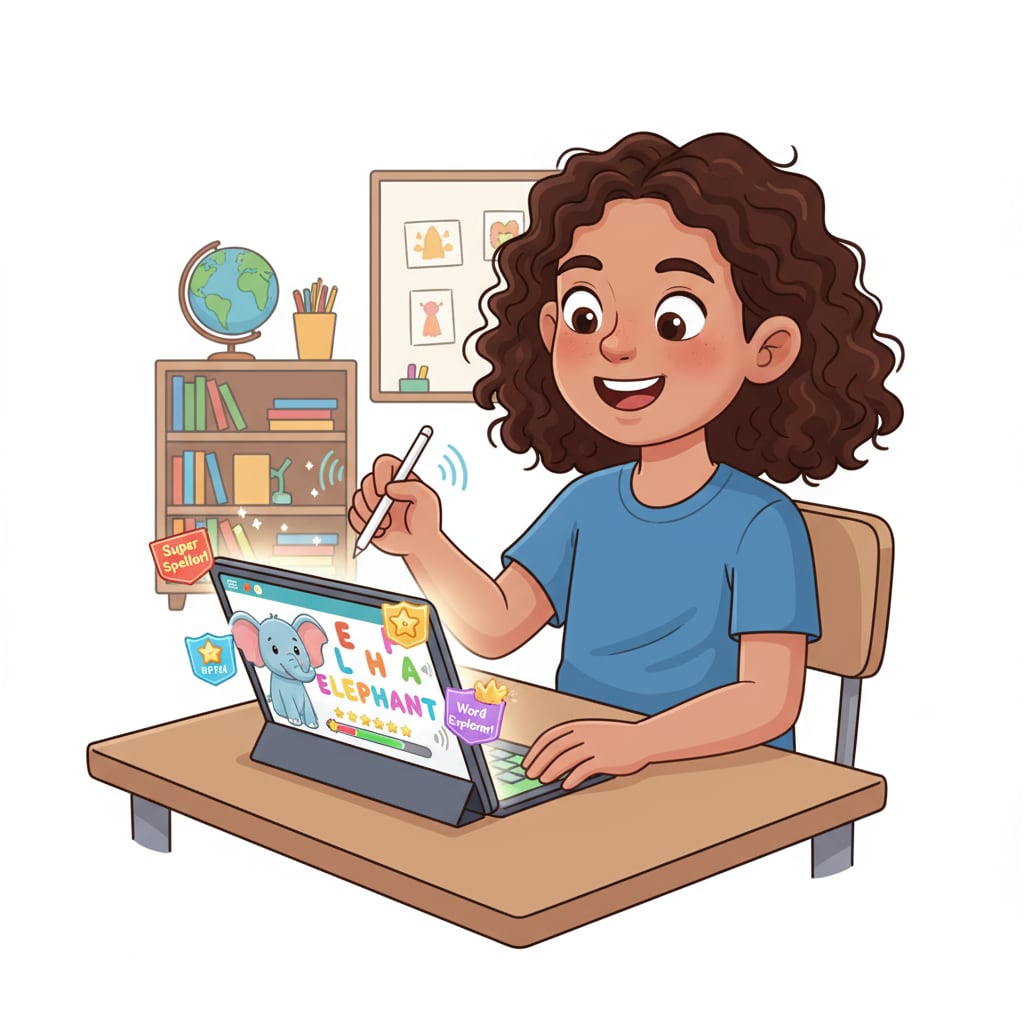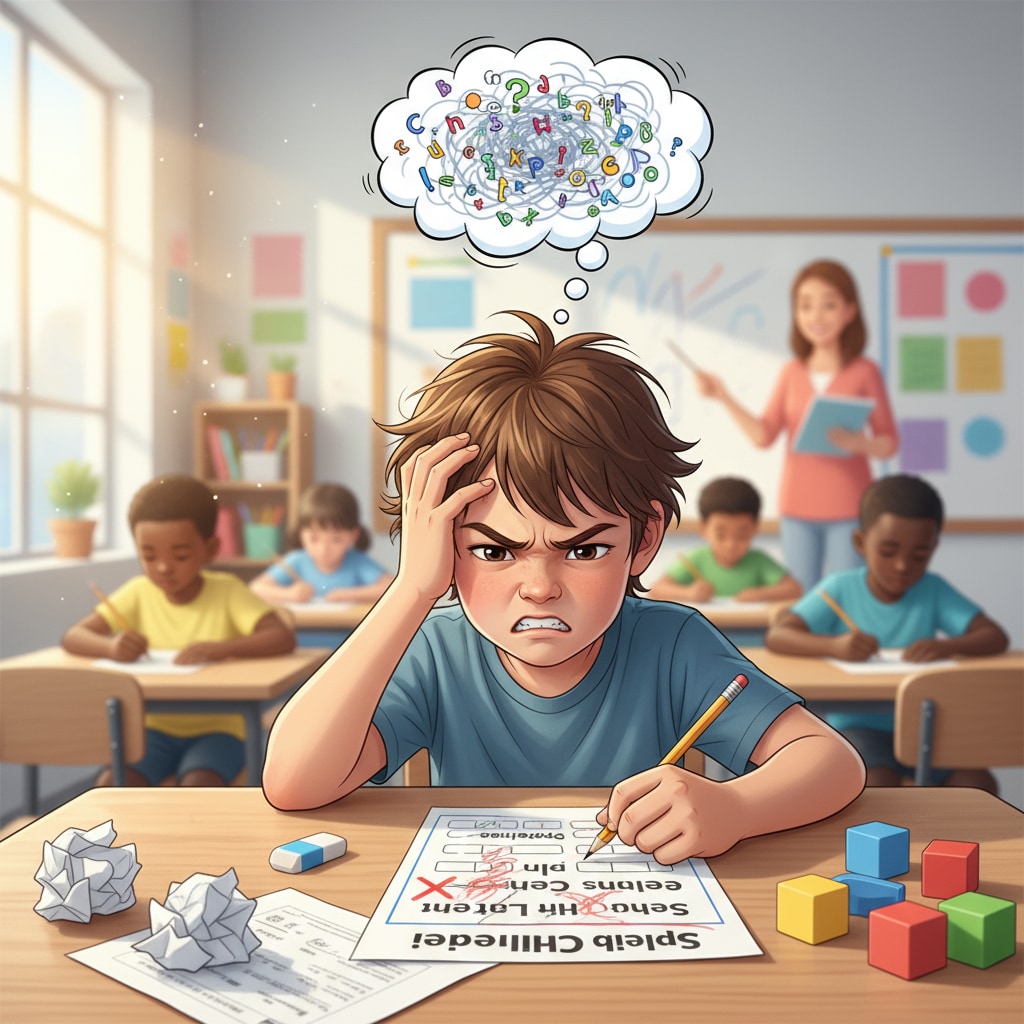ADHD, spelling learning, and applications are three crucial elements when it comes to helping children with Attention-Deficit/Hyperactivity Disorder (ADHD) master the skill of spelling. Children with ADHD often struggle with spelling due to their unique neurological differences. However, with the right customized tools, they can overcome these challenges and make significant progress.

The Struggles of ADHD Children in Spelling Learning
ADHD children face several obstacles in spelling. Firstly, their difficulty in focusing can make it hard for them to concentrate on spelling rules and patterns. For example, they may be easily distracted during a spelling lesson, missing important details. Secondly, issues with working memory can cause problems. They might forget the letters they’ve just seen or heard, making it a challenge to spell words correctly. According to the CDC, these cognitive challenges are common among ADHD children and significantly impact their spelling ability.

The Limitations of Traditional Spelling Learning Methods
Traditional spelling learning methods, such as rote memorization and repetitive writing, often don’t work well for ADHD children. These methods can be boring and fail to engage their active minds. Moreover, they don’t adapt to the individual needs of each child. For instance, a child with ADHD might need more hands-on activities or different pacing than what traditional methods offer. As a result, many ADHD children may become frustrated and lose interest in spelling.
The Power of Customized Digital Applications
Customized digital applications can be a game-changer for ADHD children’s spelling learning. These apps are designed to be interactive and engaging. They can use features like colorful graphics, animations, and sound effects to capture a child’s attention. Additionally, many apps can be personalized to suit a child’s specific learning pace and style. For example, some apps can adjust the difficulty level based on a child’s performance. Understood.org lists various digital tools that have shown great potential in helping ADHD children.
When choosing an application, parents should look for ones that offer multi-sensory experiences. This means the app combines visual, auditory, and tactile elements. For example, a child can see the letters, hear the pronunciation, and even use touch gestures to interact with the words. This multi-sensory approach helps reinforce learning and makes it more memorable for ADHD children.
Readability guidance: By highlighting the challenges, limitations, and benefits, we can see how important customized applications are for ADHD children’s spelling learning. Using short paragraphs and clear explanations, we aim to provide useful information for parents and educators. We’ve also incorporated external links to reliable sources to support our points.


